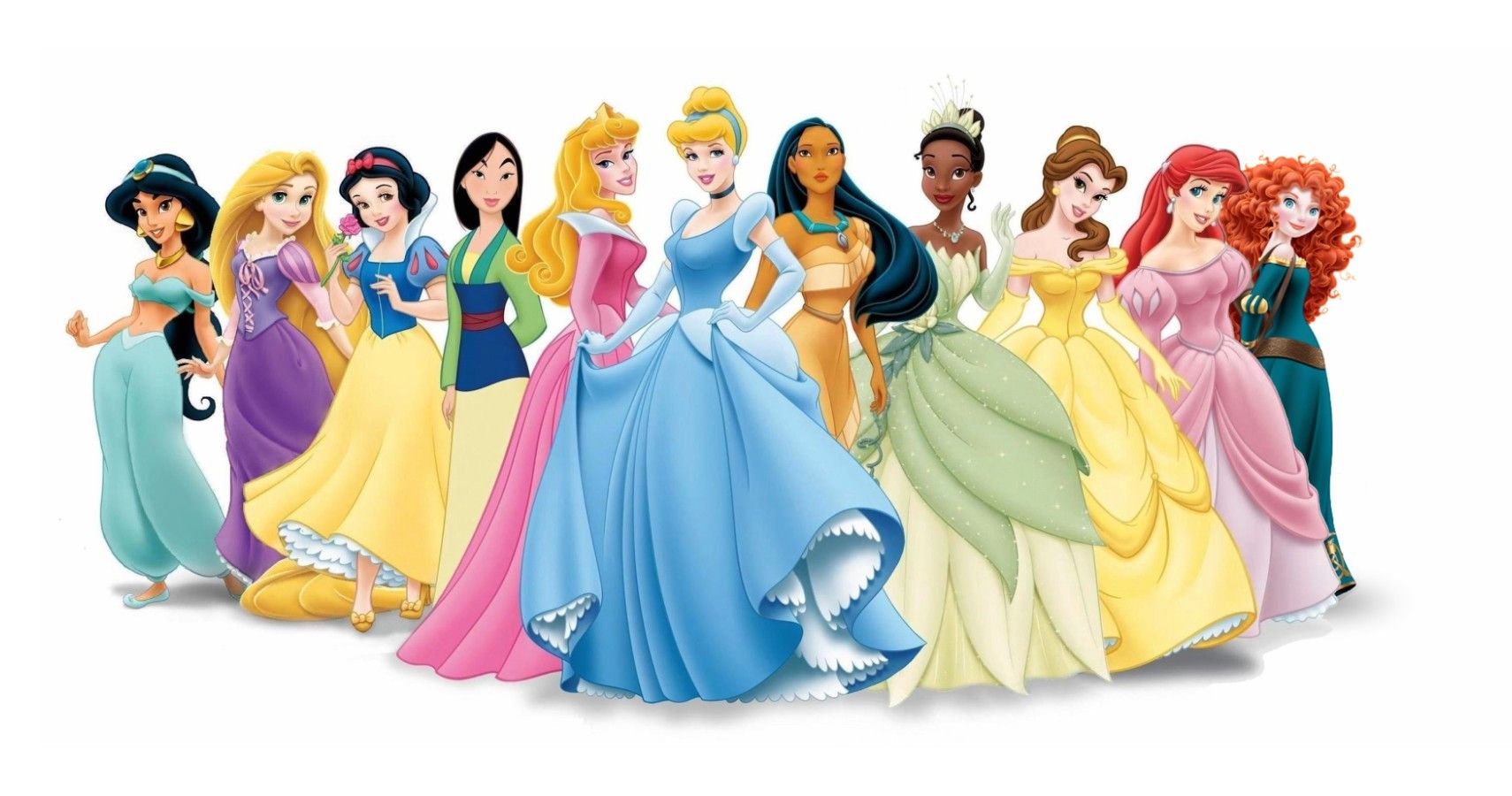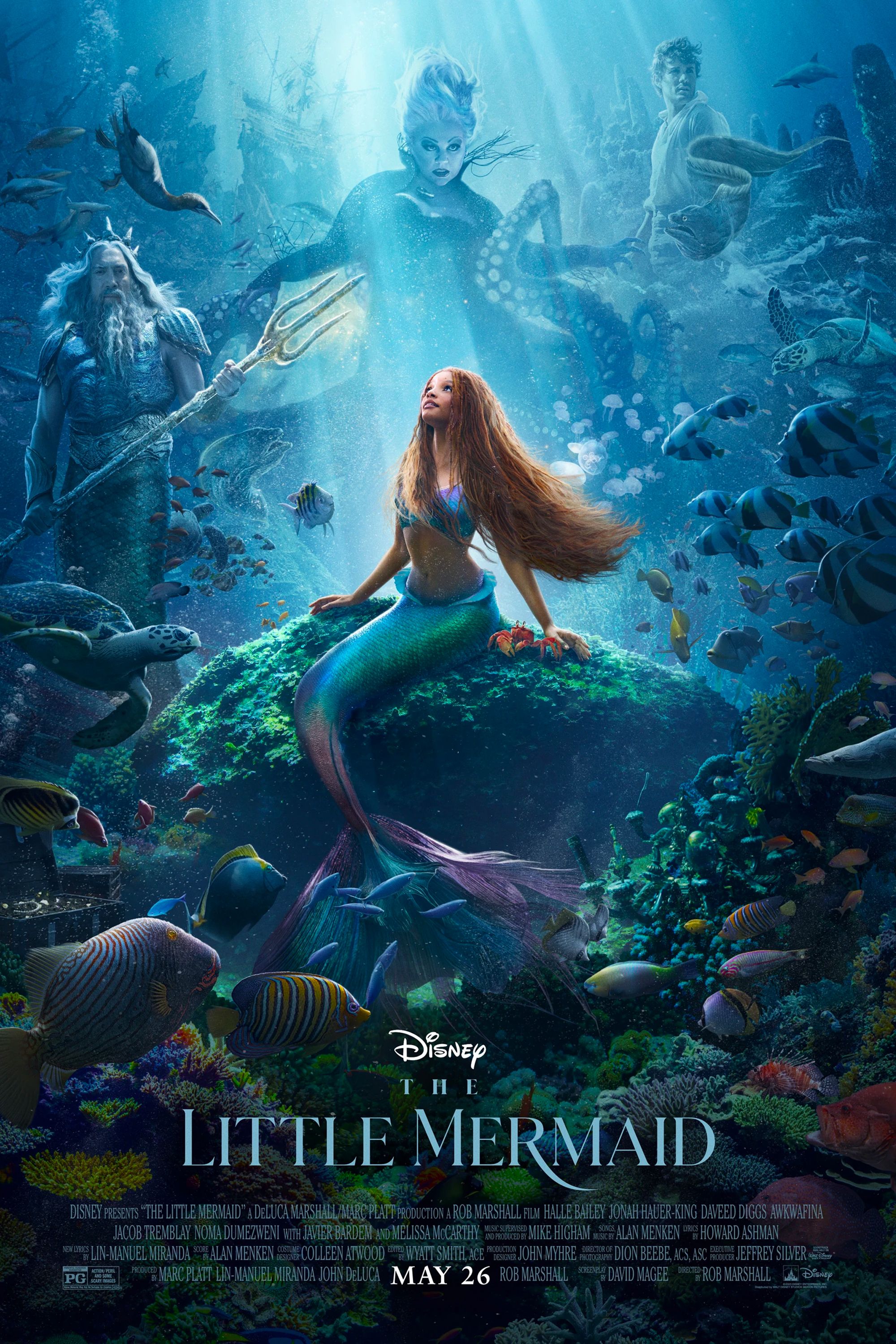Broadening Disney’s long roster of princesses, Merida from Brave fixed a classic Disney Princess design detail. After debuting Snow White and the Seven Dwarfs in 1937, Disney has continued to create iconic princesses, with more modern films depicting greater diversity among their lead characters. Brave was no different, not only introducing an 11th princess with a refreshing personality, but also unique physical attributes.
Brave’s 16-year-old Princess Merida, a Scottish princess of the kingdom DunBroch, seeks to break free of tradition and live a life of freedom and independence. A skilled archer and sword-fighter, Merida takes after her father King Fergus’ unruliness, also embodying her mother Queen Elinor’s stubbornness. She embodies both a tomboyish personality and a charming level of contrasting femininity. Despite her surprisingly tough and rebellious exterior, Merida is still the playful, youthful and compassionate leading lady depicted throughout Disney’s classic princess movies.
Physically, Merida has an appearance unique to any other Disney Princess. Most recognizably, she has long, curly, fiery red hair that appropriately represents her Scottish heritage. To match, she has a round face decorated with freckles and big blue eyes. These features aside, it’s Merida’s physical build is perhaps most reflective of the changing appearances of Disney Princesses. Unlike previous Disney Princesses, Merida’s design was built around making her “physically relatable“, resulting in a strong, healthy and realistic build that ultimately helps fix a classic Disney Princess design detail by adding variation to the cast.
How Merida’s Design Improves The Disney Princess Group

Typically, Disney Princesses are extremely thin, with waists so small they perpetuate unrealistic standards of beauty. This is especially concerning considering Disney films are directed at young and impressionable viewers. In Emily Zemler’s new book Disney Princess: Beyond The Tiara, Brave co-director and writer Brenda Chapman shared Merida’s design was inspired by her own daughter. She shared that other than Pocahontas, there weren’t any Disney or Pixar princesses with athletic body-types, as they all had the standardized slender appearance. “I wanted a strong, physical heroine because of the story I was creating… I wanted her to be physically more relatable. I wanted to give her more of an athlete’s body, with some meat on her bones, and not make her waist the size of her wrist,” Chapman explained.
Diversifying Disney Princesses’ physical designs is inherently beneficial not only for the young audience Disney is primarily aimed towards, but also for the franchise, which has historically struggled to be inclusive. Furthermore, diversity among Disney Princesses make the group’s lineup less predictable, and much more visually engaging and reminiscent of the real world. While Disney does continue to create princesses with more-traditional looks (think Elsa and Anna), efforts to broaden their roster are evident. Notably, the upcoming live action adaptation of The Little Mermaid will star Halle Bailey as Ariel – and, as the actor has said, “I know what it would’ve meant to me as a little girl to have been able to see a Black Ariel.” Decisions like these – and like Merida’s design and characterization in Brave – are sure to help the franchise maintain its relevancy as the world changes and, hopefully, progresses.
Key Release Dates

The Little Mermaid (2023)
Release Date:2023-05-26




